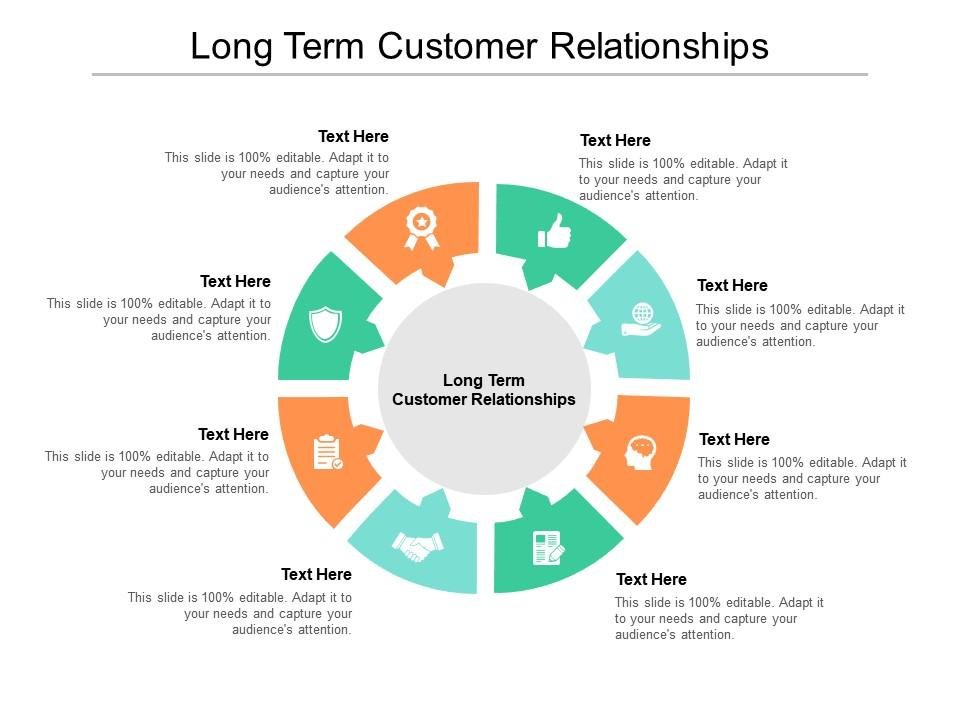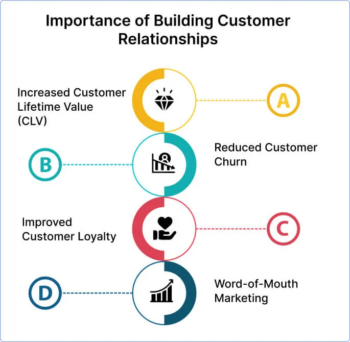5 Tips to Convert Enquiries into Long-Term Customers
Introduction
For any business, enquiries are the first sign of customer interest. Whether you’re a doctor, lawyer, consultant, or service provider, getting enquiries means potential clients are already curious about your services. But here’s the challenge—not every enquiry automatically turns into a paying customer, and even fewer transform into long-term clients.
The real success of a business lies not only in generating enquiries but also in building relationships that last. Converting enquiries into long-term customers requires strategy, trust, and consistent effort. In this blog, we’ll discuss five powerful tips that will help businesses turn one-time enquiries into loyal, repeat customers.
Why Converting Enquiries Is So Important
Before diving into the tips, let’s understand why this conversion process matters.
- Cost Efficiency: Acquiring new customers is up to 5x more expensive than retaining existing ones.
- Sustainable Growth: Long-term customers provide recurring revenue.
- Stronger Brand Value: Loyal customers act as brand ambassadors by recommending your services.
- Better ROI: Instead of chasing random leads, nurturing existing enquiries ensures a higher return on investment.
Clearly, converting enquiries into loyal customers isn’t just beneficial—it’s essential.
Tip 1: Respond Quickly and Professionally
Speed Builds Trust
When a customer submits an enquiry, they’re often comparing multiple providers. A fast response sets you apart and creates the impression that you are reliable and attentive.
- Example: A patient enquires about a doctor’s availability. If the doctor’s clinic replies within 15 minutes while others take hours, the patient is more likely to choose the first responder.
How to Implement
- Set up real-time notifications for new enquiries.
- Use auto-reply messages to acknowledge receipt.
- Train staff to respond within the first hour whenever possible.
Professional Tone Matters
Along with speed, ensure your response is polite, empathetic, and solution-oriented. This builds the first layer of trust.
Tip 2: Personalize Your Communication
Why Personalization Works
Customers want to feel valued, not like another entry in your database. Personalizing your communication makes the customer feel that you understand their needs.
Strategies for Personalization
- Use Their Name: Always address the enquirer by name, not just “Dear Customer.”
- Acknowledge Their Need: Reference their specific request (e.g., “We understand you are looking for a family lawyer…”).
- Offer Tailored Solutions: Provide recommendations based on their situation instead of sending generic responses.
Example
A fitness trainer receives an enquiry about weight loss. Instead of replying with a standard training package, they could respond with:
“Based on your interest in weight loss, I’d recommend a 3-month customized training plan focusing on cardio and nutrition support.”
This level of personalization increases conversion chances significantly.
Tip 3: Build Trust Through Value-Driven Follow-Ups
Don’t Stop After the First Reply
Many businesses make the mistake of replying once and then waiting for the customer to decide. Instead, use value-driven follow-ups to nurture the lead.
Ways to Provide Value in Follow-Ups
- Share Resources: Send articles, guides, or FAQs related to the customer’s query.
- Offer Free Consultations: A no-obligation consultation can ease decision-making.
- Showcase Testimonials: Share stories of how you helped past clients in similar situations.
- Provide Transparent Pricing: Be clear about costs to avoid doubts.
Example
A lawyer receives an enquiry about property disputes. Instead of only sharing fees, they could send a short guide: “5 Things to Know Before Filing a Property Case”. This not only informs but also builds trust.
Tip 4: Deliver an Exceptional First Experience
Why First Impressions Matter
Even after an enquiry converts into a paying customer, the first experience determines whether they stay long-term. A poor experience can turn them away forever, while a positive one can secure their loyalty.
How to Create a Great First Experience
- Be Organized: Ensure appointments, contracts, or services start smoothly.
- Communicate Clearly: Explain the process and set expectations upfront.
- Show Empathy: Understand customer concerns and address them patiently.
- Go the Extra Mile: Small gestures like follow-up calls or thank-you notes make a big difference.
Example
A patient visits a clinic after an enquiry. If the staff greets them warmly, the doctor spends enough time explaining treatment, and they receive a follow-up call the next day, the patient is far more likely to return.
Tip 5: Build Long-Term Relationships with Retention Strategies
Why Retention Is Crucial
Once an enquiry becomes a customer, the real goal is to turn them into repeat clients. This requires ongoing engagement and consistent value delivery.
Effective Retention Strategies
- Stay in Touch: Use email or WhatsApp updates to stay connected.
- Offer Loyalty Programs: Discounts, memberships, or referral bonuses keep customers coming back.
- Request Feedback: Ask for reviews and suggestions to improve.
- Provide Continuous Value: Share useful updates, tips, or exclusive offers.
- Celebrate Milestones: Send greetings on birthdays, anniversaries, or client milestones.
Example
A tutor who responds to an enquiry and successfully onboards a student can retain them by offering progress reports, free practice tests, and discounts for advanced courses. This ensures the student stays long-term.
Common Mistakes to Avoid During Conversion
1. Ignoring Enquiries
Failing to reply or taking too long kills the chance of conversion.
2. Being Too Pushy
Customers dislike aggressive sales tactics—focus on solving, not selling.
3. Sending Generic Responses
Lack of personalization makes customers feel unimportant.
4. Overpromising and Underdelivering
This breaks trust and reduces repeat business.
5. Neglecting Post-Sale Communication
Conversion doesn’t end after the first sale; nurturing must continue.
Case Study: Successful Enquiry-to-Customer Conversion
The Doctor’s Story
A cardiologist joined an enquiry platform to expand their patient base. Within a month, they received 12 genuine enquiries. By:
- Responding promptly,
- Offering free initial consultations, and
- Providing empathetic care,
they converted 70% of those enquiries into long-term patients, many of whom referred friends and family.
The Service Provider’s Story
A home cleaning service received sporadic one-time jobs. By using personalized offers and loyalty discounts, they turned one-time enquiries into monthly subscription clients, ensuring stable revenue.
How Enquiry Platforms Support This Conversion Process
Platforms like Enquiry Finder simplify the entire process:
- Provide genuine leads to start with.
- Offer tools for quick communication.
- Build credibility by showcasing reviews and profiles.
- Provide analytics to track which enquiries convert best.
With the right strategies, businesses can maximize the value of every enquiry received.
Conclusion
Every enquiry is an opportunity—but not every opportunity turns into success. The businesses that thrive are those that know how to nurture enquiries into loyal, long-term customers.
By following these five tips—
- Responding quickly,
- Personalizing communication,
- Building trust through value-driven follow-ups,
- Delivering exceptional first experiences, and
- Using strong retention strategies—
any business can transform one-time enquiries into lasting relationships.
In the competitive world of modern business, this ability is not just a skill—it’s the key to long-term growth and sustainability.




 List Your Business
List Your Business